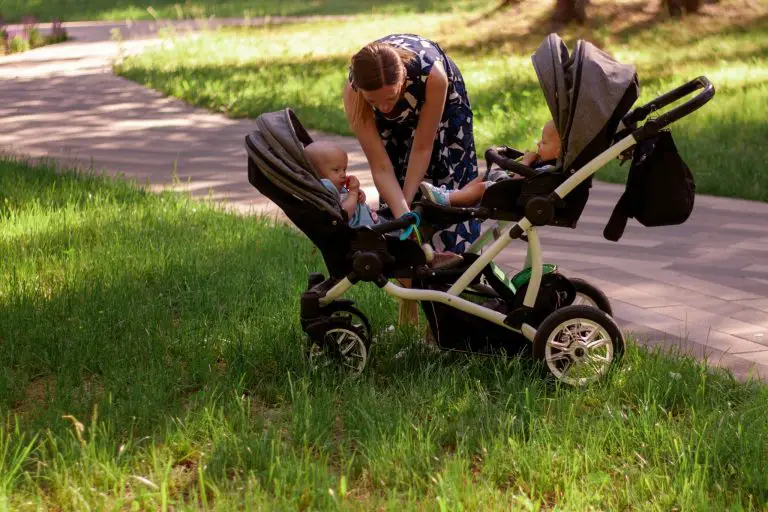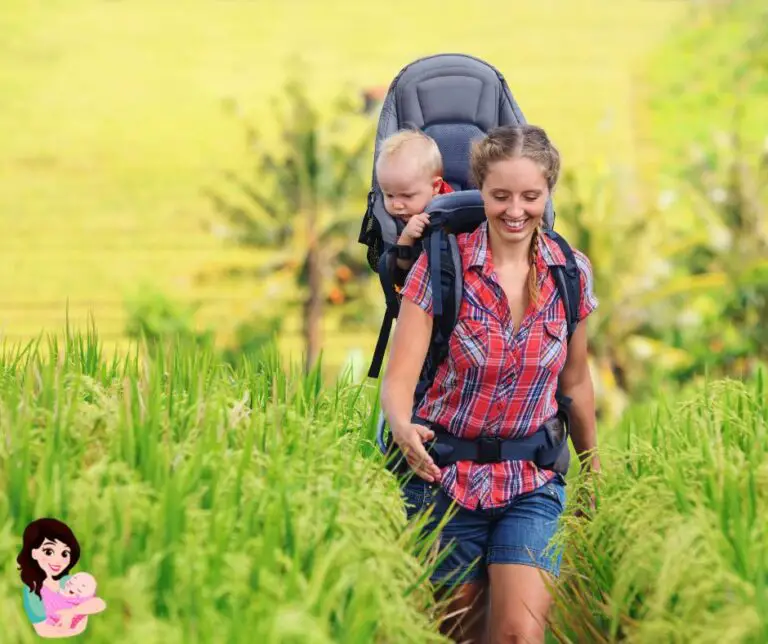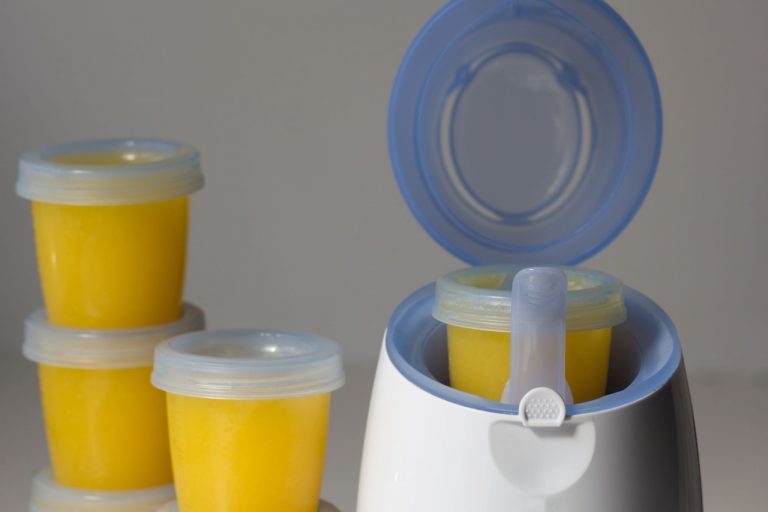
When it comes to baby topics, there are a lot of myths and common misconceptions. We’ve all seen parents who thought they knew how to care for their baby until the baby got sick. Or we’ve seen parents who tried to be extravagant with their baby’s needs and ended up spending thousands of dollars unnecessarily. Because of this, when do we switch babies from car seats to strollers? People often ask.
Once the baby can support their head on their own, typically about three months old, you can begin using your stroller with them facing outwards. Strollers are great for babies who are too young for a walker because they give them a place to sit down but also allow some movement during walks so it’s more like walking than just standing up by themselves.
What Happens if You Switch Baby From Car Seat to Stroller Too Early?
Here’s why it’s not a good idea to switch your baby from a car seat to a stroller before they’re ready:
1. They don’t have the right neck strength.
When you switch your baby from a car seat to a stroller before they’re ready, they may not be able to hold their head up well enough to see where they’re going. That can make them feel uncomfortable and fussy, and more likely to cry.
2. Their bones aren’t strong enough yet.
It takes time for babies’ bones to grow strong enough for them to be able to sit up on their own in a stroller without toppling over backward or flopping forward. So when you put them into a stroller too soon, their muscles can get tired or spasm, or even dislocate their shoulders.
3. Their muscles aren’t developed yet either.
It also takes time for babies’ leg muscles to develop enough strength so that they can support themselves in an upright position for an extended period (which is why many infant seats have recline options). So when you put them into a stroller too early, their legs can cramp up or give out under stress, which makes them even more.
4. Child safety seat accidents
The American Academy of Pediatrics recommends that parents keep their children in car seats for as long as possible until they reach at least age 2 or weigh more than 40 pounds (18 kg). Car seats help protect infants and toddlers by absorbing some of the force during an accident and keeping them in place, which decreases injuries like broken bones and spinal cord injuries.
When Can a Baby Sit in a Stroller?
Babies can sit in a stroller typically between 5 and 7 months. At this point, your child has developed enough strength to support his head for several minutes at a time and can sit without help.
By this age, he also has enough control over his neck muscles to sit upright without falling over. However, it’s important to note that there are no hard-and-fast rules about when babies should be allowed to use strollers or walkers.
Every child develops at his own pace; some children may be ready earlier than others. You can also use a head support pillow or a rolled towel behind the head for this purpose. You should be able to easily see your baby’s face while he sits in the stroller. If you cannot see him well enough, then you may need to make some adjustments to the seat or handlebars.
How to Place a Baby in a Stroller
Whether you have a baby or toddler, learn how to place a baby in a stroller.
- Place the child’s feet on the footrests, and then secure the harness straps over their shoulders and hips.
- Pull the waist strap around their waist and buckle it into place.
- Straighten out any wrinkles in the fabric before securing it with the attached hook-and-loop fasteners.
- Make sure that there’s no slack in any of the straps, and that they aren’t too tight or uncomfortable for your little one.
Factors for Choosing Strollers
When you’re shopping for a stroller, there are many factors to consider. Here are some of the most important ones:
1. The type of terrain you will be traveling on
If you live in an area where it rains often or there are large rocks and other objects that could damage your stroller, it might be worth investing in a more durable model. The material and design of the stroller can also affect its durability. For example, some strollers are made with plastic handles that are more likely to crack or break over time than others made with metal handles or rubber grips on the handles.
2. How much storage space do you have?
If space is limited in your vehicle or wherever else you plan to store your stroller, then look for one that folds up easily and doesn’t take up much room when not in use. This includes fold-up options and smaller sizes overall (although it’s important to remember that smaller means less room for the baby too.)
3. Seat material
Choose an umbrella stroller with comfortable seat material so that your child feels relaxed while sitting in it. Some brands provide padded seats and harnesses which help keep them secure inside the seat so that they do not fall out easily when moving around.
4. Size and weight of the stroller
The size and weight of the stroller should be considered before buying one. You need to measure your car to see if it will fit there or not. You also need to make sure that your child’s height is within the range of the seat so that he/she has adequate support while sitting in it. If your child is tall, then go for an adjustable stroller instead so that he/she can use it for longer periods without feeling uncomfortable about sitting in a small space for too long.
Safety Tips for Using a Stroller
Here are some tips to make sure that you’re using your stroller safely:
Always check the weight capacity before loading up the stroller with passengers and goods. Some models have a maximum weight limit of 55 pounds or more. If a child weighs too much, they will be too heavy for the stroller’s frame and wheels to support safely.
Make sure that all parts are secure before using the stroller. If any part feels loose or unstable, don’t use it until you’re sure it’s safe again.
Don’t leave anything important behind when using your stroller, especially if there are kids on board. Make sure that phones, wallets, and keys are kept in pockets or bags so they don’t fall out when someone gets off the vehicle unexpectedly.
Be mindful of where you park when loading up with passengers on board. Don’t park near curbs or other obstacles where someone could trip over something while getting off the vehicle.
Final Thought
If you feel like you have exhausted your options and are still unsure of when to switch your baby from a car seat to a stroller, check your manual for the specific weight limits for your carrier. Your baby must be able to rest comfortably in the seat, so if s/he is too big for the car seat, it’s time to change options.

Hi, This is Emma Baster; As a mom, I spend my free time caring for my kids. I’ve read a lot on the Internet to improve my childcare skill and bring the best to my kids. Eruditemommy shares my knowledge and experience through helpful posts. I hope you enjoy them!






